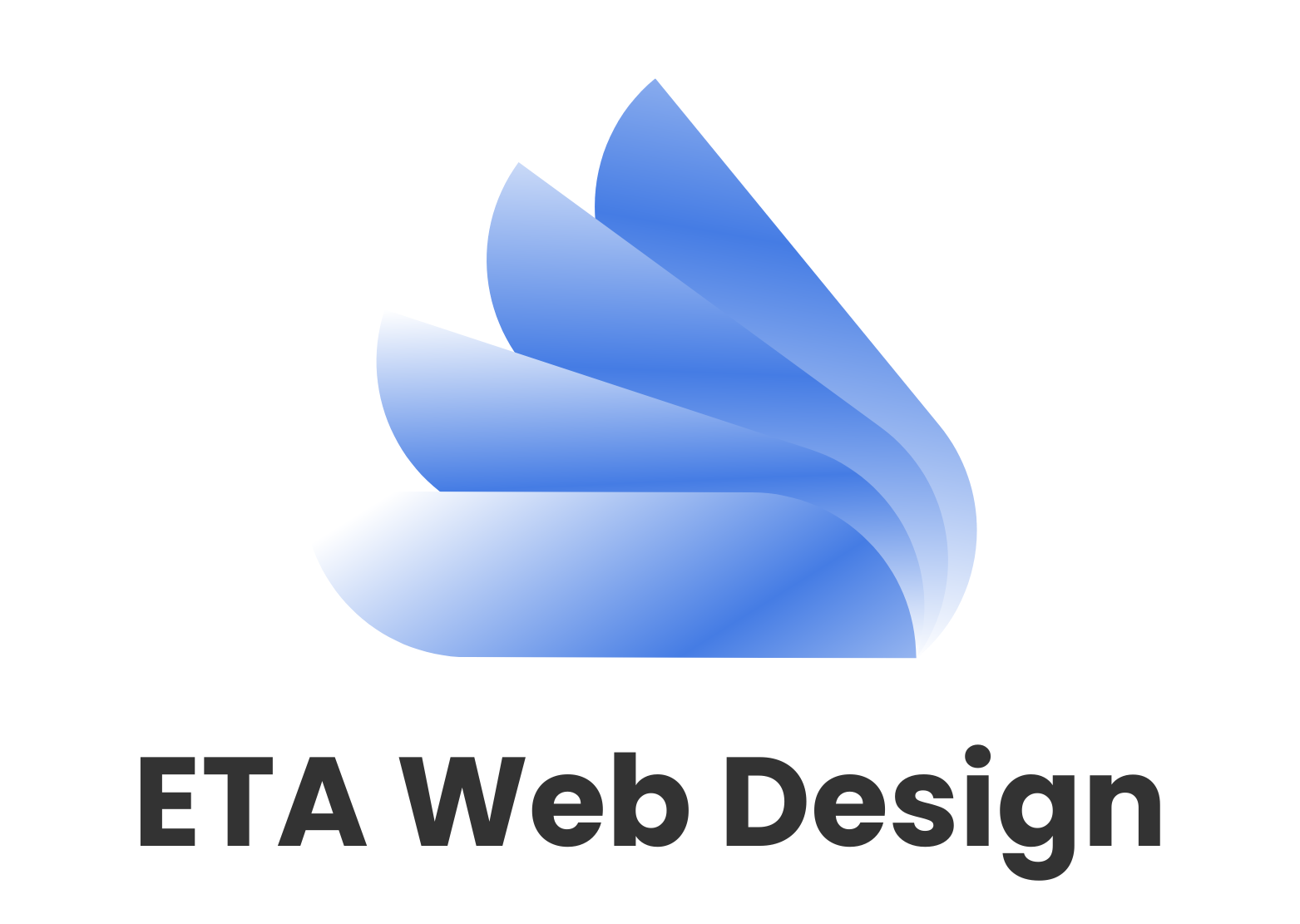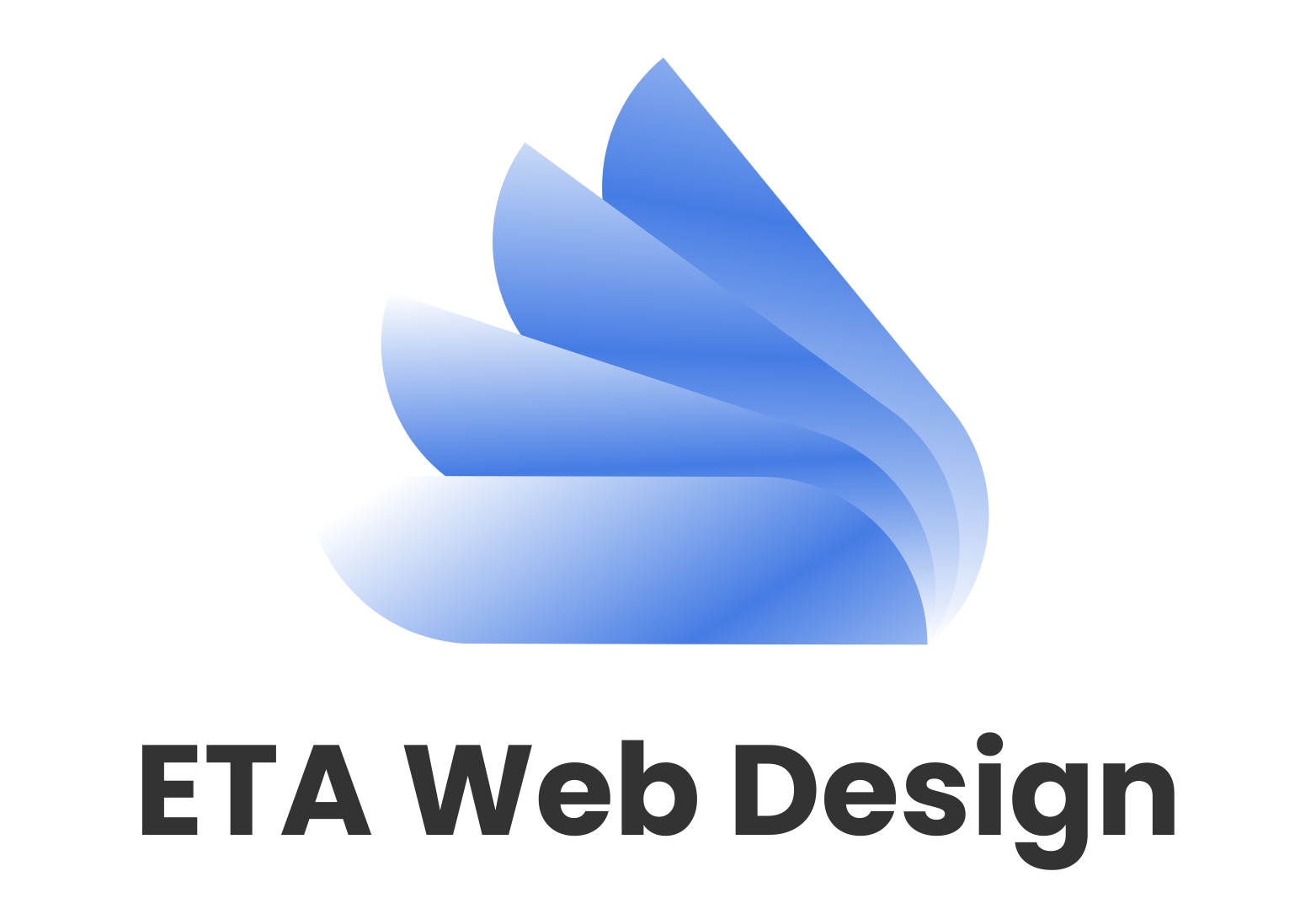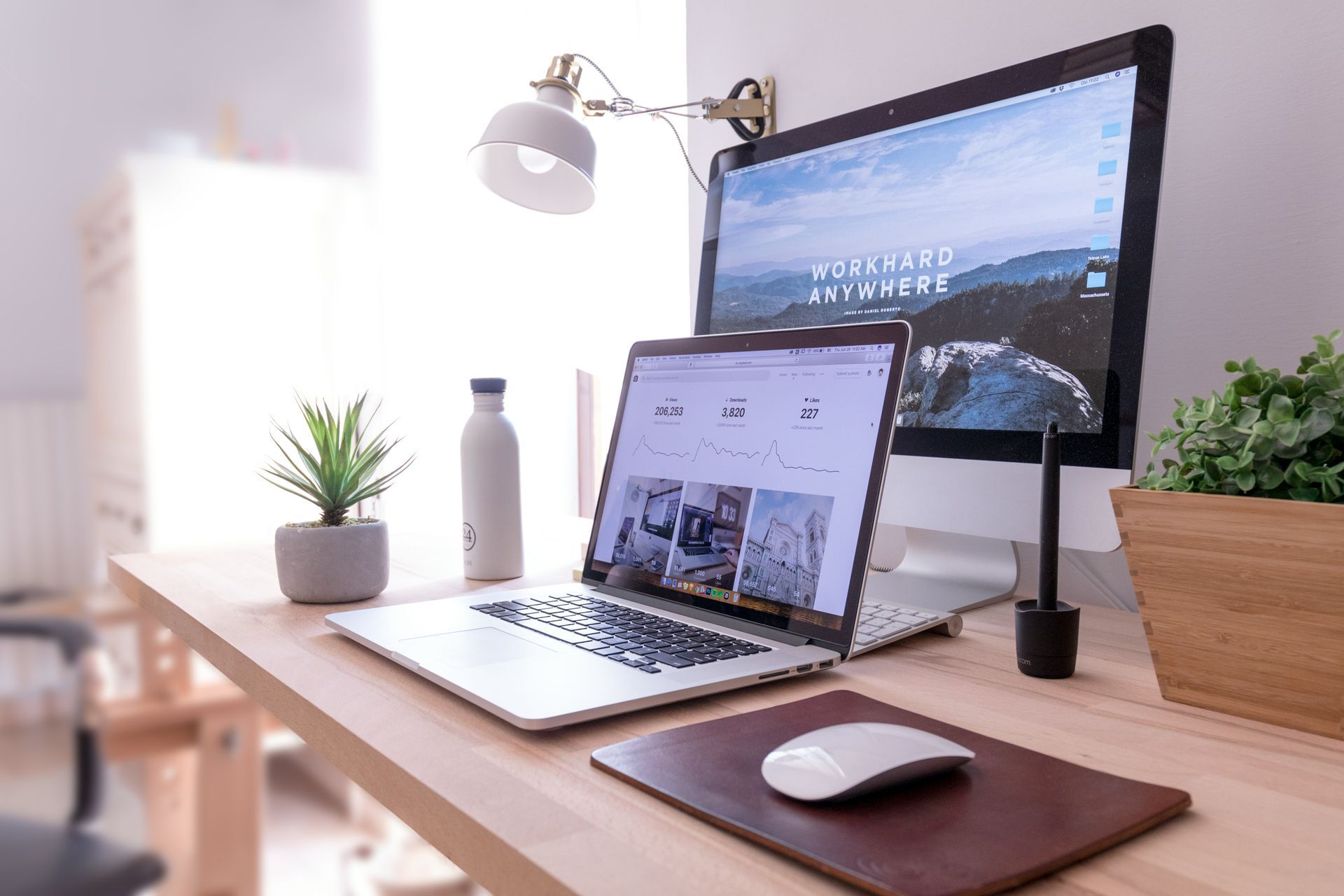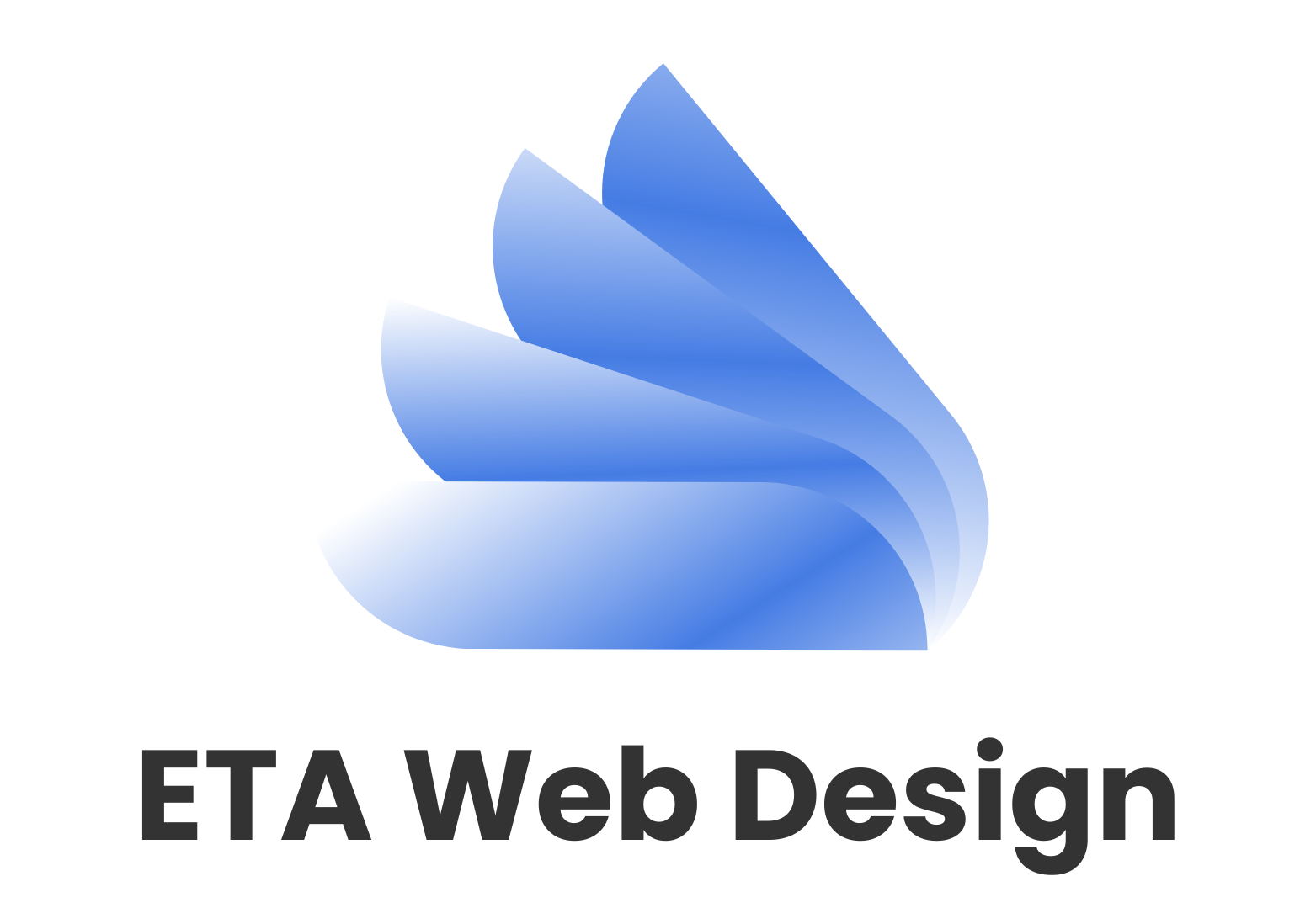In today’s digital-first world, having a professional e-commerce site is essential for businesses looking to thrive. For homeware brands, health and wellness companies, and retail businesses, your website often serves as the first impression for potential customers. However, one of the most common questions business owners ask is: “How much does design really cost?” Understanding the cost of web design can help you plan effectively and invest wisely, ensuring that your website is scalable, results-driven, and capable of delivering an excellent user experience.
Factors That Affect the Cost of Web Design
The cost of web design varies greatly depending on a variety of factors. One of the primary considerations is the complexity of the website. A simple brochure-style website will naturally cost less than a fully-featured e-commerce platform with multiple product categories, custom checkout processes, and third-party integrations.
Other factors include the number of pages, bespoke design requirements, responsive design for mobile and tablet devices, and additional functionality such as booking systems, chatbots, or subscription services. Customisation and unique branding elements also increase the investment needed. The more tailored the website to your business’s specific needs, the higher the initial outlay, but this often results in better performance and customer engagement.
In addition, website maintenance and ongoing updates play a role in overall expenditure. While these costs may not appear upfront, businesses should consider long-term value, rather than simply opting for the cheapest solution. Understanding these factors can help you manage website development costs and make informed decisions about where to invest your resources.
Average Cost to Build a Website
When planning for an e-commerce website, it’s important to have realistic expectations regarding pricing. The cost to build a website can range from a few hundred pounds for a basic DIY site to several thousand for a fully custom solution developed by a professional agency.
DIY
website builders such as Wix, Squarespace, or Shopify may offer low monthly fees, but these platforms often limit flexibility and functionality. For businesses aiming for a professional and scalable website, hiring a design agency is a better long-term investment. Agencies provide expertise in UX/UI design, branding, SEO optimisation, and technical development, ensuring your website not only looks appealing but performs well across all devices and platforms.
Understanding Website Design Prices
Agencies often calculate website design prices based on several pricing models, including hourly rates, fixed project costs, or value-based pricing. Hourly rates are suitable for smaller tasks or ongoing projects, while fixed packages are common for complete website creation. Some agencies also offer bespoke pricing based on the website’s complexity and anticipated ROI.
Hidden costs can influence your budget, such as domain registration, hosting, premium plugins, or specialised integrations. It is important for businesses to clarify pricing structures upfront to avoid unexpected expenses. Transparent discussions about pricing and deliverables help ensure your project aligns with both your budget and your business objectives.
What Determines Website Creation Cost for Your Business
The overall website creation cost is influenced by more than just design and development. Content creation, including photography, copywriting, and graphics, adds to the investment, as does UX and UI design, which ensures a seamless user experience. Custom development, including bespoke features or integrations with third-party systems, will further affect the total cost.
Investing in these areas may feel significant initially, but a well-designed, functional website can generate higher conversion rates, improved customer retention, and long-term growth. Prioritising quality over the cheapest option ensures your website supports your business’s expansion and delivers measurable results.
Maximising Value from Your Web Design Investment
Maximising the return from your design investment involves strategic planning. Start by defining the core functionality your business needs and prioritise essential features. Scalability is also crucial; your website should be able to grow with your business, accommodating more products, users, or services without requiring a complete redesign.
Choosing an experienced design partner ensures your website is built to professional standards and optimised for performance, speed, and SEO. By investing in a results-driven approach, businesses benefit from higher engagement, improved sales, and a stronger online presence, providing significant value over time.
In summary, the
cost of web design varies depending on factors such as website complexity, bespoke features, content creation, and the expertise of the design team. Average costs differ widely, and understanding the range of development costs can help businesses plan effectively. While budget considerations are important, investing in a professional, scalable website often leads to better long-term results. Careful planning and collaboration with a trusted web design partner ensures your website delivers both aesthetic appeal and measurable business outcomes, making every penny spent worthwhile.
ETA Web Design specializes in creating professional, results-driven
e-commerce websites tailored to businesses in homeware, health and wellness, and retail sectors. Our team provides transparent pricing, personalized service, and expert guidance to ensure your website supports your growth objectives.
Just out on X:
Cost of web design – how much to spend on your website!






